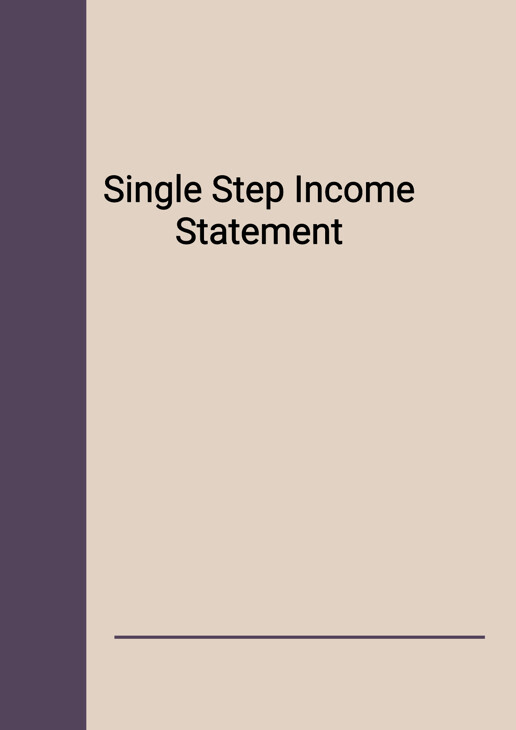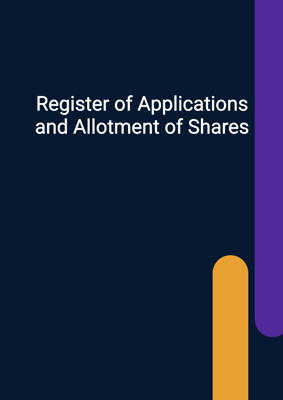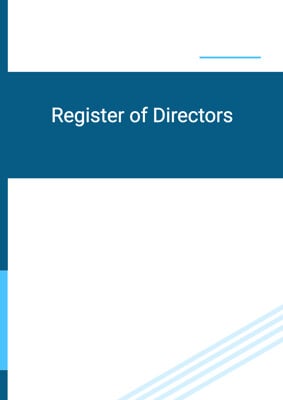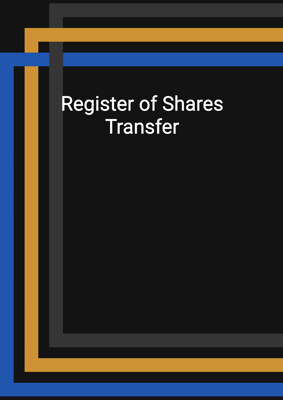How to Tailor the Document for Your Need?
01
Create Document
Click "Create Document" button and the document will be prepared with your account details automatically filled in.
02
Fill Information
Please fill in any additional information by following the step-by-step guide on the left hand side of the preview document and click the "Next" button.
03
Get Document
When you are done, click the "Get Document" button and you can download the document in Word or PDF format.
04
Review Document
Please review the document carefully and make any final modifications to ensure that the details are correct before publication / distribution.
Document Preview
Document Description
The single-step income statement is a fundamental financial document that provides a concise overview of a company's revenues, expenses, gains, and losses within a specified period, typically a fiscal year or quarter. It's particularly important for small businesses due to its simplicity and clarity, making it an accessible tool for assessing financial performance, budgeting, and decision-making.
It is important for small business:
(a) Simplicity: Small businesses often lack the resources and financial expertise of larger corporations. The single-step income statement's straightforward format simplifies financial reporting, making it accessible for entrepreneurs and small business owners who may not have an accounting background.
(b) Clarity: It offers a clear snapshot of a business's financial health. By grouping revenues, expenses, gains, and losses in distinct categories, small business owners can quickly understand how their business is performing and identify areas that require attention.
(c) Decision-Making: The statement aids in strategic decision-making. Entrepreneurs can use it to determine whether they are operating at a profit or loss, assess the impact of different expense categories, and evaluate the effectiveness of revenue-generating strategies.
A Single-Step Income Statement includes:
Revenue: This section includes income from sales, services, and other business operations. It's the starting point for calculating profitability.
Expenses: Expenses consist of two primary categories. The first is the "Cost of Goods Sold" (COGS), which includes the direct costs associated with producing or purchasing the products or services sold. The second category is "Operating Expenses," which includes costs such as rent, utilities, salaries, and interest expenses.
Gains and Losses: This section accounts for any non-operating items, such as gains from asset sales or losses from unexpected events. These are typically separated to provide a clear picture of recurring business operations.
Net Income (or Loss): The final figure represents the company's profitability for the given period. It's calculated by subtracting the total expenses (including COGS and operating expenses) from the total revenue and adding gains while subtracting losses.
The provided template for a single-step income statement offers a structured and comprehensive format suitable for small businesses in 2023. It facilitates the recording and presentation of financial data, ensuring that businesses can accurately assess their financial performance, meet reporting requirements, and make informed decisions. Its clarity and simplicity make it an invaluable tool for small business owners looking to navigate the financial complexities of entrepreneurship effectively.
How to use this document?
1, Specify the reporting period (e.g., "For the Year Ended") and the relevant date (e.g., "December 31, 2023").
2. Revenue Section: Under "Revenue," list all sources of income for your business. For example, you can include "Sales Revenue" and any other income streams.
Expenses Section: Enter the amount for each expense category, such as "Cost of Goods Sold (COGS)," "Rent," "Utilities," "Salaries and Wages," "Interest Expense," and "Taxes (Income Tax)."
4. Gains and Losses Section: Record any gains and losses your business experienced during the reporting period. Include the amount for "Gains" and "Losses."
5. Calculate Net Income: At the bottom of the template, the formula for calculating net income is already provided.
6. Review and Validate: Double-check all the numbers to ensure accuracy. Ensure that your expenses, gains, and losses are correctly categorized. Verify that your net income calculation is accurate.
7. Save and Share: Once you've completed the template with accurate financial data, save the document with an appropriate filename. Share the income statement with relevant stakeholders, such as business partners, investors, or your accountant.
8. Interpret and Act: Analyze the income statement to understand your business's financial performance. Use the information to make informed decisions, such as adjusting expenses, optimizing revenue sources, or setting financial goals.
9. Periodic Reporting: Repeat this process regularly to create income statements for different reporting periods (e.g., monthly, quarterly, or annually).
Compare statements from different periods to track your business's financial progress and make necessary adjustments.
By following these steps, you can effectively use the provided single-step income statement template to assess and manage your small business's financial performance in 2023.
Not the right document?
Don’t worry, we have thousands of documents for you to choose from:










